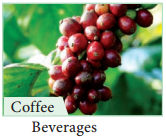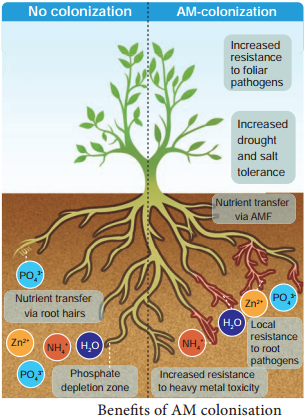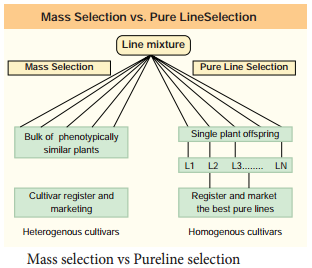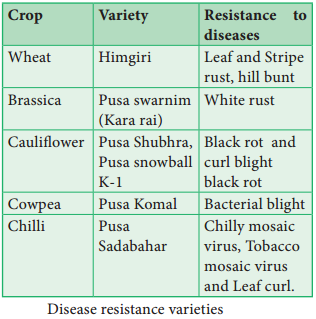Learninsta presents the core concepts of Biology with high-quality research papers and topical review articles.
Pulp Wood Definition and Its Manufacturing
The term paper is derived from the word ‘papyrus’ a plant (Cyperus papyrus) that was used by Egyptians to make paper-like materials. Paper production is a Chinese invention.
The Chinese discovered the paper that was prepared from the inner bark of paper mulberry in 105 A.D. For a long time, the art of paper making remained a monopoly of the Chinese until Arabs learned the technique and improved it around 750 A.D. Invention of printing increased the demand for paper.

Manufacture of Wood pulp:
Wood is converted into pulp by mechanical, and chemical processes. Wood of Melia azadirachta, Neolamarkia chinensis, Casuarina spp, Eucalyptus spp are used for making paper pulp.

























